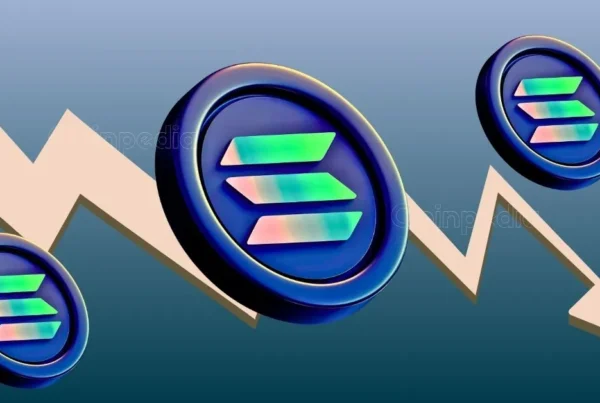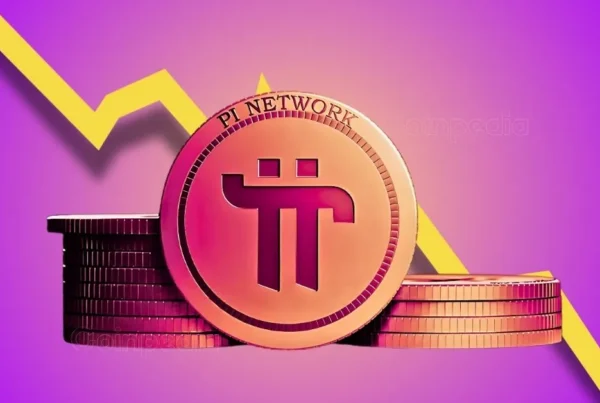Nearly 70% of Institutional Investors Are Engaged in Ethereum (ETH) Staking, With Most Opting for Third-Party Platforms
Ethereum Staking Overview
A recent report from Blockworks Research reveals that 69.2% of institutional investors holding Ethereum are involved in staking the cryptocurrency. Notably, 78.8% of these participants are investment firms or asset managers.
A significant finding shows that over 22.6% of institutional investors have allocated more than 60% of their total portfolio to ETH or ETH-based liquid staking tokens (LSTs). This highlights a major shift in Ethereum staking since the network transitioned from a proof-of-work (PoW) to a proof-of-stake (PoS) system during the Merge upgrade.
Currently, there are approximately 1.1 million validators on-chain, staking a total of 34.8 million ETH. Following the Merge, participants were only able to withdraw their staked ETH after the Shapella upgrade in April 2023. Despite this, the network has seen strong demand, with ETH staking continuing to grow.
Presently, 28.9% of the total ETH supply is staked, making Ethereum the network with the largest dollar value of staked assets, worth over $115 billion. The annual yield from ETH staking is around 3%, though this decreases as more ETH is staked. Validators also have the opportunity to earn additional ETH from transaction fees during periods of high network usage.
The Rise of Third-Party Staking Platforms
Staking on Ethereum can be done individually or through third-party platforms. Solo stakers, who retain full control over their ETH, face a high entry barrier, requiring at least 32 ETH—worth more than $83,000 at current prices.
By contrast, third-party staking platforms allow users to stake smaller amounts, starting from 0.1 ETH, although they must relinquish some control over their assets. Ethereum co-founder Vitalik Buterin recently emphasized the need to lower the entry requirements for solo stakers to promote greater decentralization.
Currently, 18.7% of Ethereum stakers are solo stakers. However, the appeal of solo staking is waning due to the high entry threshold and the opportunity cost of locking up ETH, which could otherwise be used in decentralized finance (DeFi) activities such as liquidity provision or collateralized loans. Solo stakers must also navigate dynamic reward rates, which can affect their overall yield potential.
Because of these challenges, third-party staking platforms have become the preferred choice for many ETH holders. These platforms, which include centralized exchanges and liquid staking protocols, have raised concerns about centralizing the network. A large portion of ETH stakers—48.6%—are using major platforms like Coinbase, Binance, and Kiln.
Key factors driving institutional investors to these third-party platforms include the platforms’ reputation, supported networks, competitive pricing, ease of onboarding, and platform expertise.
Ethereum Staking’s Impact on ETH Price
Despite the rapid growth in Ethereum’s staking ecosystem, this expansion has not yet been reflected in ETH’s price. ETH has underperformed compared to BTC for an extended period, only recently seeing an uptick following the U.S. Federal Reserve’s decision to cut interest rates.
Nevertheless, some crypto research firms remain optimistic about ETH’s potential recovery against BTC later in the year. As of now, ETH is trading at $2,616, up 0.8% in the past 24 hours.
This article is for informational purposes only and should not be considered legal or investment advice. The views expressed are solely those of the author and do not necessarily reflect the views of Caffeine and Crypto.



